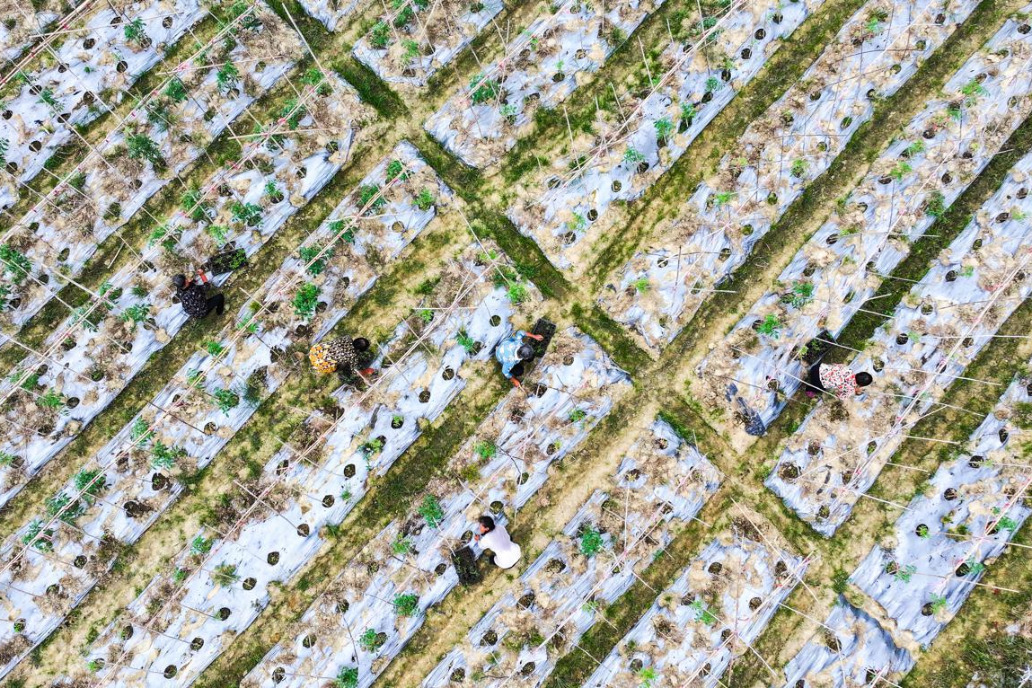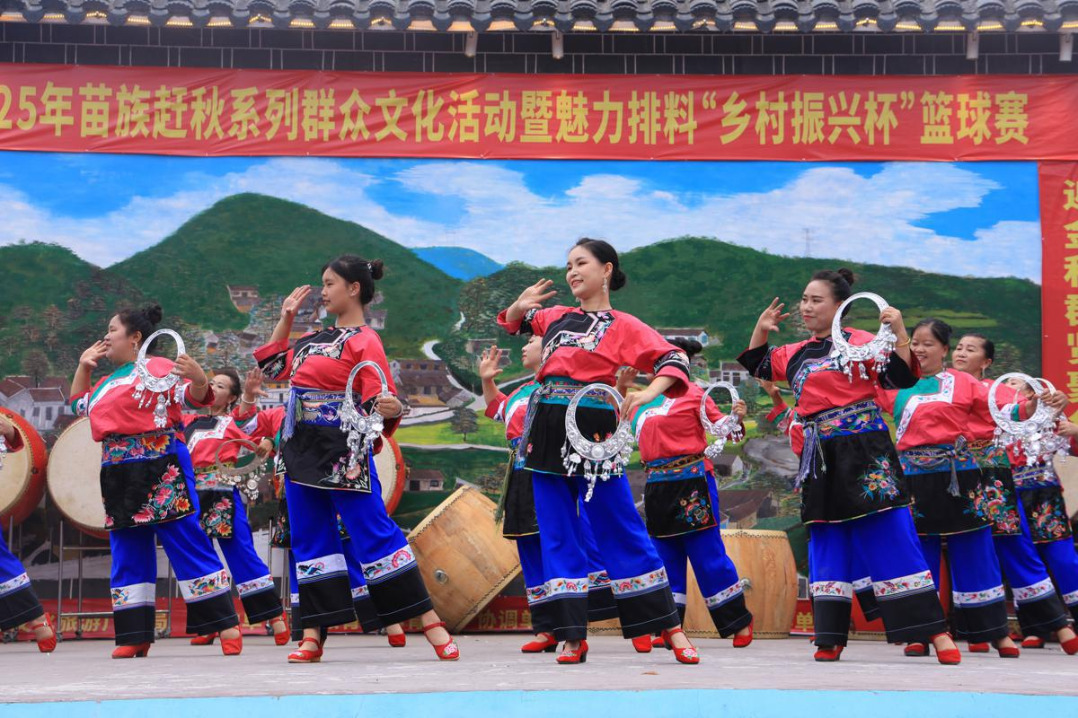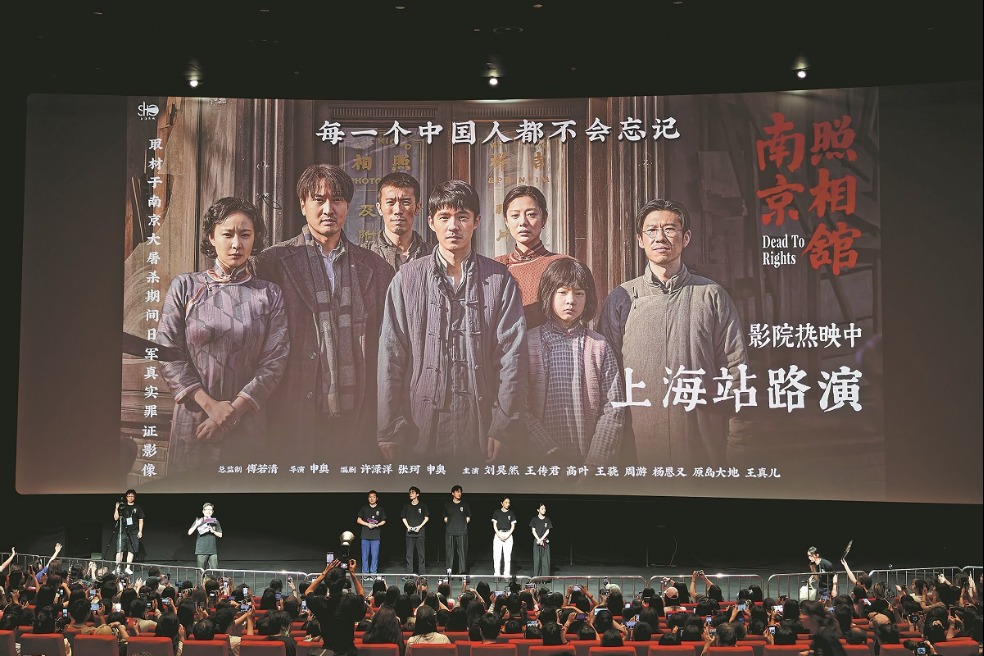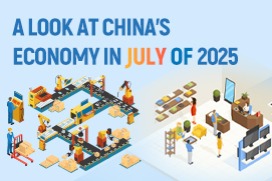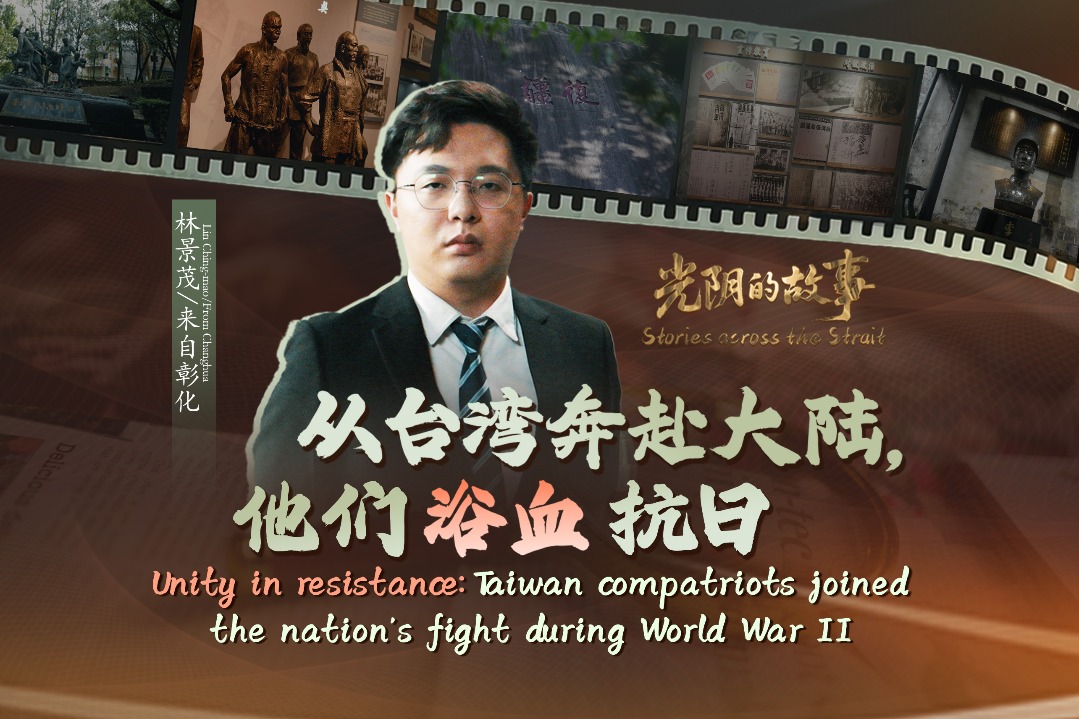Tech innovation propels nation's industrial future
Advancing both traditional, emerging sectors crucial to strategic upgrading

China's sharpened focus on rejuvenating traditional industries with new quality productive forces is injecting fresh vitality into the nation's industrial economy, which is serving as the foundation of modern industrial prowess and economic growth, experts and business executives said.
Their comments came as China doubles down on boosting the competitiveness and sustainability of traditional sectors, which generate about 80 percent of the country's manufacturing output and play a vital role in supporting employment.
Such an emphasis will also generate enormous opportunities for multinational enterprises amid growing global uncertainty and headwinds, they added.
President Xi Jinping has emphasized that "the real economy should not be neglected. Nor should the traditional industries within it. And industrial transformation and upgrading must be realized through sci-tech innovation."
He made the comments while visiting Yangquan Valve Co, a century-old enterprise, during an inspection tour in North China's Shanxi province in July.
Zheng Yongnian, director of the School of Public Policy at The Chinese University of Hong Kong (Shenzhen), told China Daily that Xi's words highlight that it is of paramount importance for China to continue valuing the real economy. Such views stand in sharp contrast to some Western countries that are pursuing an excessive shift to services at the expense of manufacturing.
"With a complete industrial system, China's future competitiveness hinges on strategic industrial upgrading," Zheng said.
"Industrial upgrading can be broadly categorized into two types: One involves transitioning from producing textiles and footwear today to manufacturing electronics tomorrow; the other entails continuing to produce textiles and footwear while elevating their technological sophistication and added value," he said.
"Historical experience demonstrates that both forms of upgrading are critically important," Zheng added.
China has been the world's largest manufacturing country in terms of output for 15 consecutive years, and it ranks first globally in the production of over 220 industrial products, according to the Ministry of Industry and Information Technology, China's top industry regulator.
In addition, more than 570 Chinese industrial companies have made it to the global top 2,500 companies in terms of research and development investment, the ministry said.
Hong Qunlian, a researcher at the National Development and Reform Commission's Chinese Academy of Macroeconomic Research, said China's push for new industrialization features efforts to stabilize the proportion of manufacturing business in China's GDP and does not simply phase out traditional industries.
"We need to coordinate the upgrading of traditional industries with the cultivation of emerging ones," Hong added.
A textile mill in Suzhou, Jiangsu province, is a typical example of how traditional sectors "bloom in a new thrust" in China. In the mill, the rhythmic clatter of looms is now harmonized with the silent, rapid-fire calculations of artificial intelligence. Here, China Telecom's self-developed AI agent works relentlessly — adjusting thread tension in real time and scrutinizing for flaws as fabric emerges, thereby transforming an age-old craft.
The results speak volumes: 99 percent on-time delivery, a 20 percent surge in productivity, and near-perfect defect detection, China Telecom said.
This is not an isolated experiment, but a glimpse into a sweeping transformation by which AI is rapidly becoming an important engine powering China's industrial evolution.
The US market research company International Data Corp reveals a seismic shift: The proportion of Chinese industrial enterprises deploying large language models and AI agents has surged from 9.6 percent in 2024 to 47.5 percent in 2025.
Crucially, the proportion of those implementing these technologies in multiple operational areas has risen to 35 percent from 1.7 percent, IDC said.
Ryoji Sekido, co-CEO of Accenture Asia-Pacific, said, "China stands at the forefront of global AI innovation and deployment, serving as an unparalleled benchmark for enterprise transformation."
Sekido highlighted how Chinese companies are transitioning from isolated pilot AI projects to comprehensive, enterprise-wide reinvention. He pointed to electric vehicle company BYD as a paradigm-shifting case.
"This isn't about simple AI use cases. BYD harnessed AI end-to-end — from battery R&D and design automation to manufacturing and autonomous driving systems — fundamentally reinventing operations to accelerate time to market and capture dominant market share," Sekido said.
He also said that China's manufacturing industry holds great potential for AI application, especially in traditional sectors such as mining, steel, nonferrous metals, petrochemicals and machinery, where repetitive or dangerous tasks can increasingly be done by AI or AI-powered machines.
Zhao Zhenhua, a professor of economics at the National Academy of Governance, said China's push for industrial upgrading should be tailored to regional strengths, rather than relying on a one-size-fits-all approach.
According to Zhao, old enterprises can also pursue high-end, smart and green transformation. It is crucial not to dismiss traditional industries as uniformly "low-end" or "backward" and simply phase them out, as doing so could lead to a disruption in the transition from old to new growth drivers and cause a loss of momentum, and could also exacerbate the pains of structural adjustment.
Meanwhile, China's emphasis on industrial upgrade, especially smart manufacturing, is offering opportunities for foreign companies.
Isabel Ge Mahe, vice-president and managing director of Apple Greater China, said that over the past five-plus years, Apple has invested more than $20 billion in China's smart manufacturing and green manufacturing sectors.
"We take great pride in having built such a robust supply chain system here, and we remain committed to deepening our roots in China through continued investment," she said. "Having witnessed the innovation capabilities of local suppliers, we will persist in pioneering collaboration alongside them."
masi@chinadaily.com.cn
?
- Shanghai Museum to join Egypt's project
- Tech innovation propels nation's industrial future
- China launches low Earth orbit satellite group
- China successfully launches new test satellite
- Books of Xi's discourses on adhering to deepening reform comprehensively published
- China activates Level-IV emergency flood-control response in Hainan

















